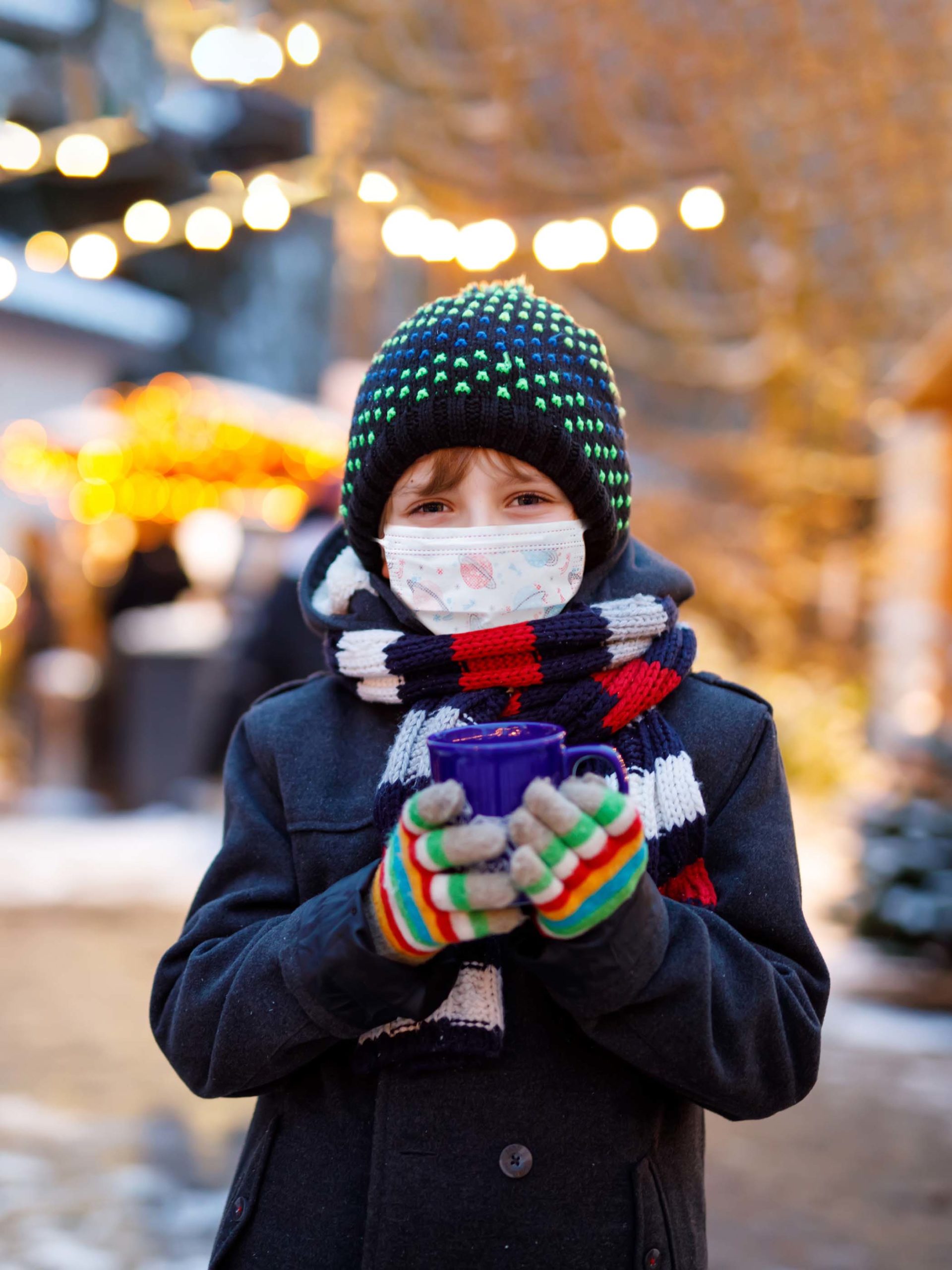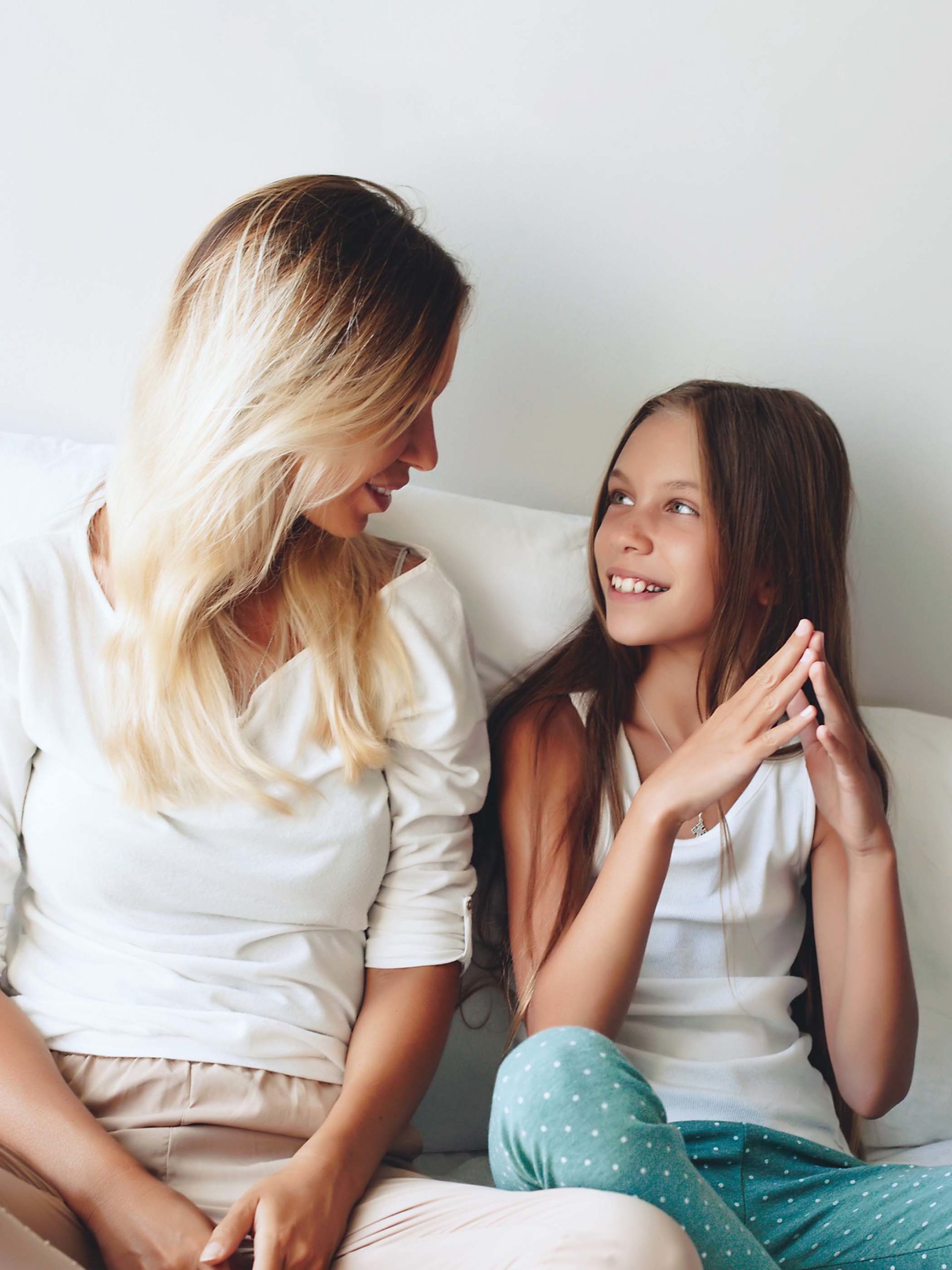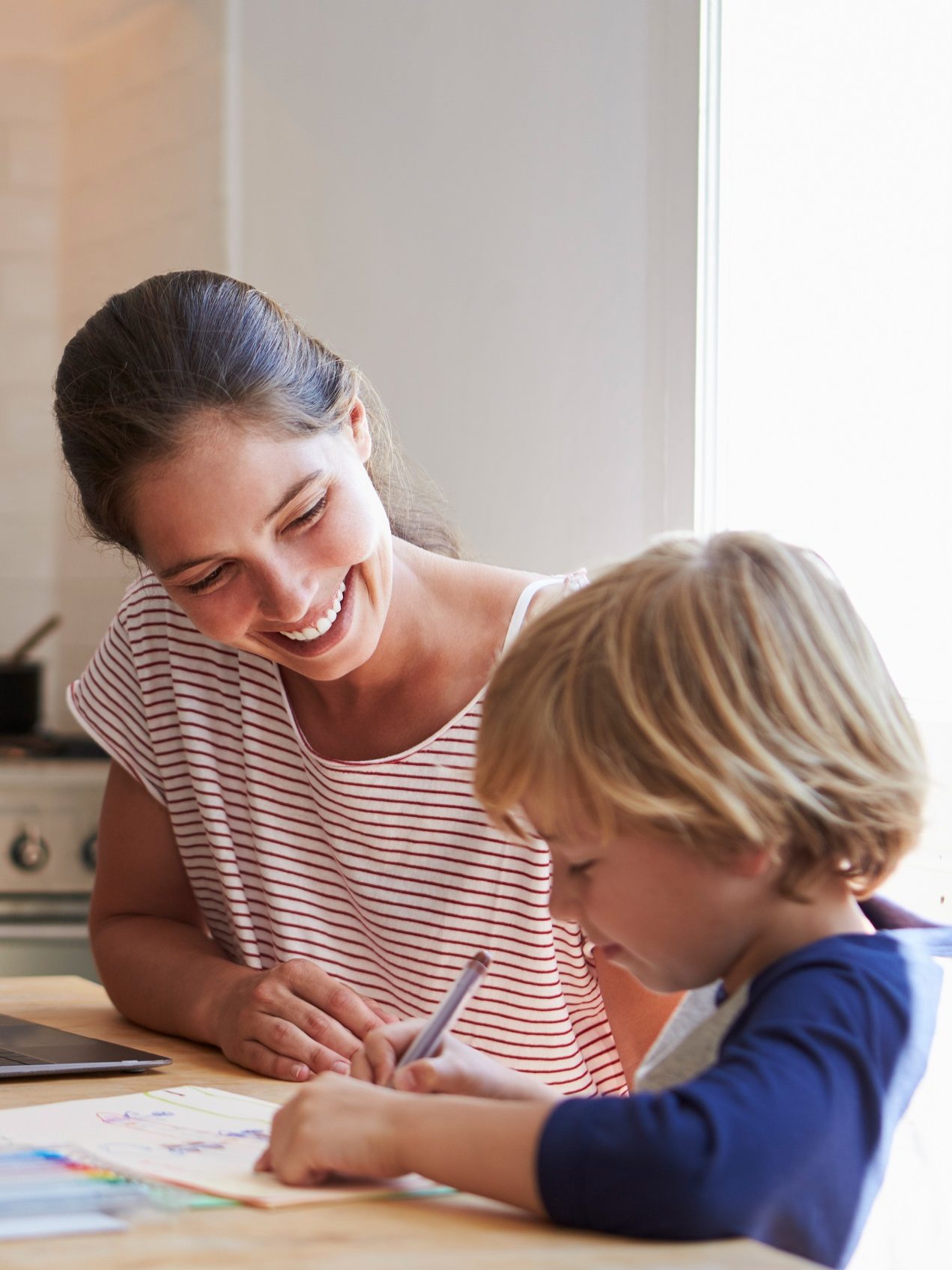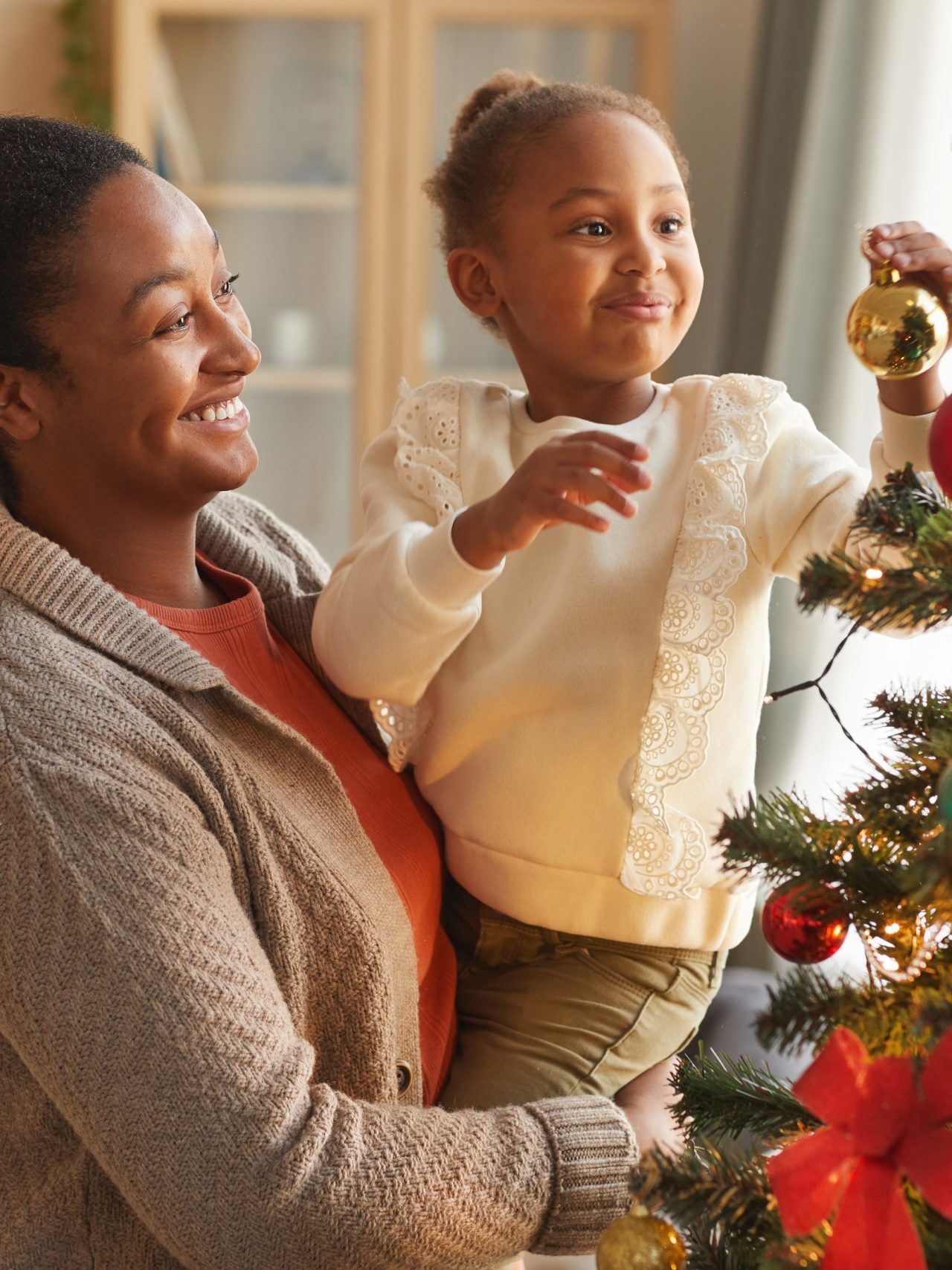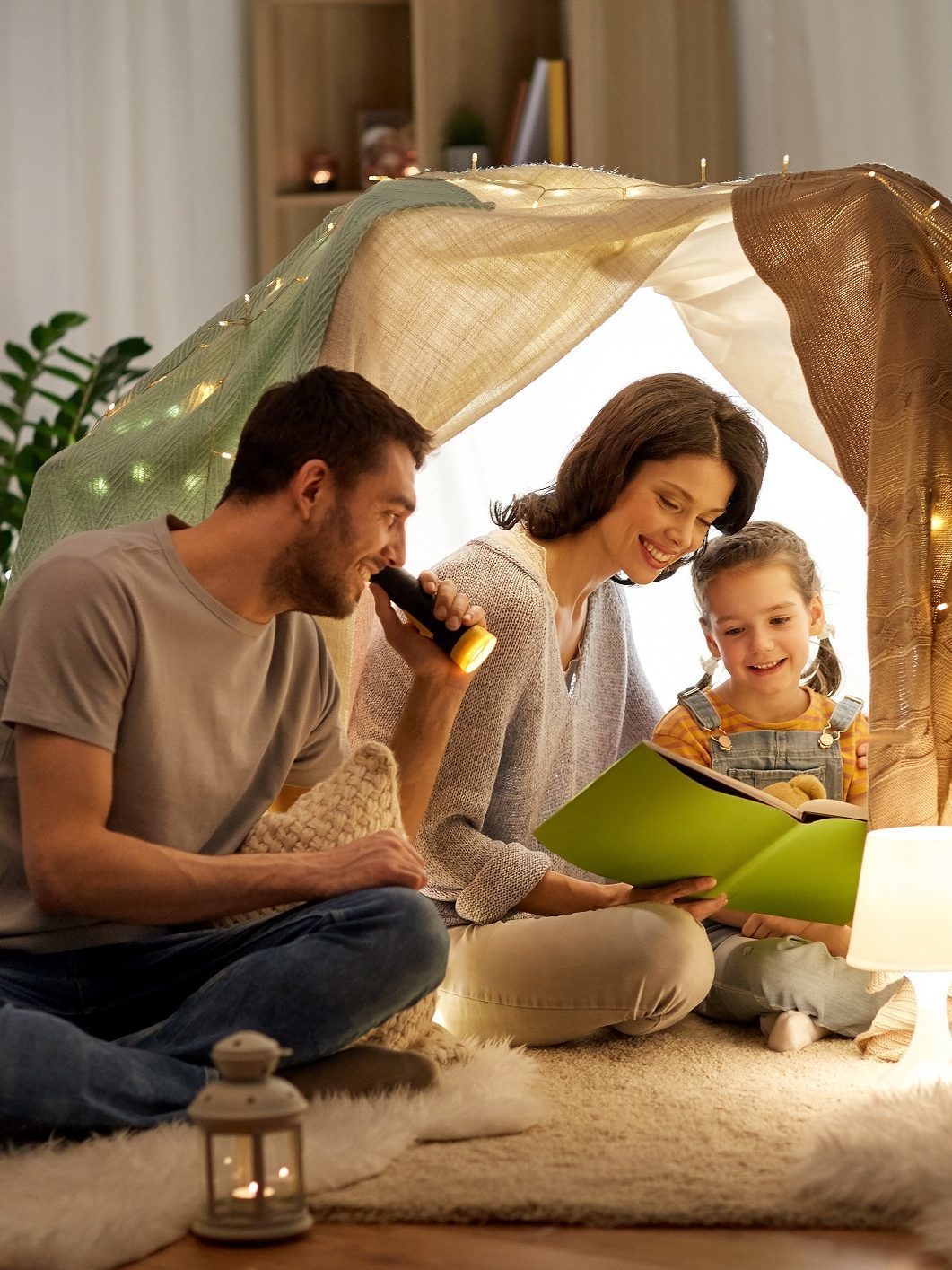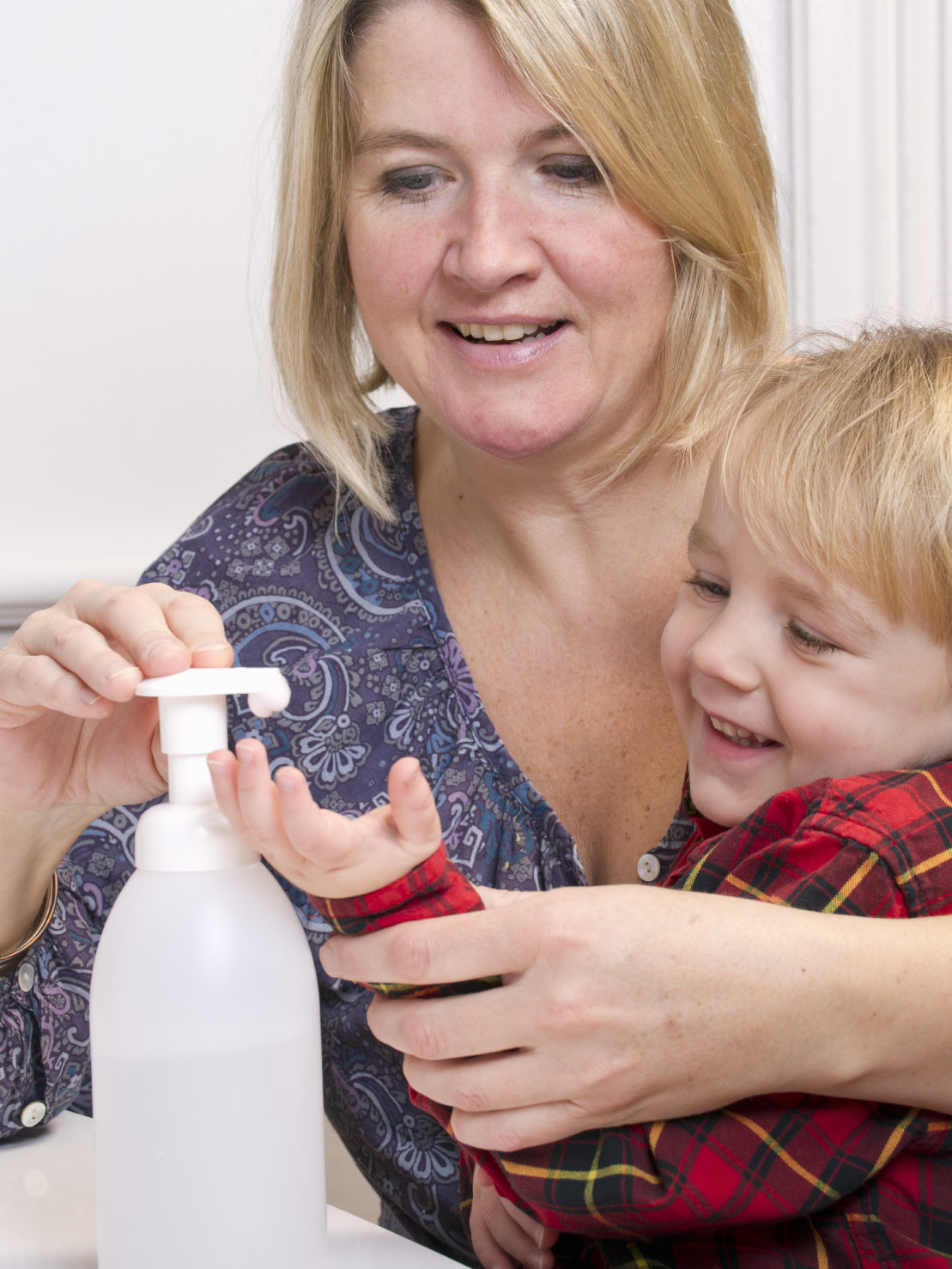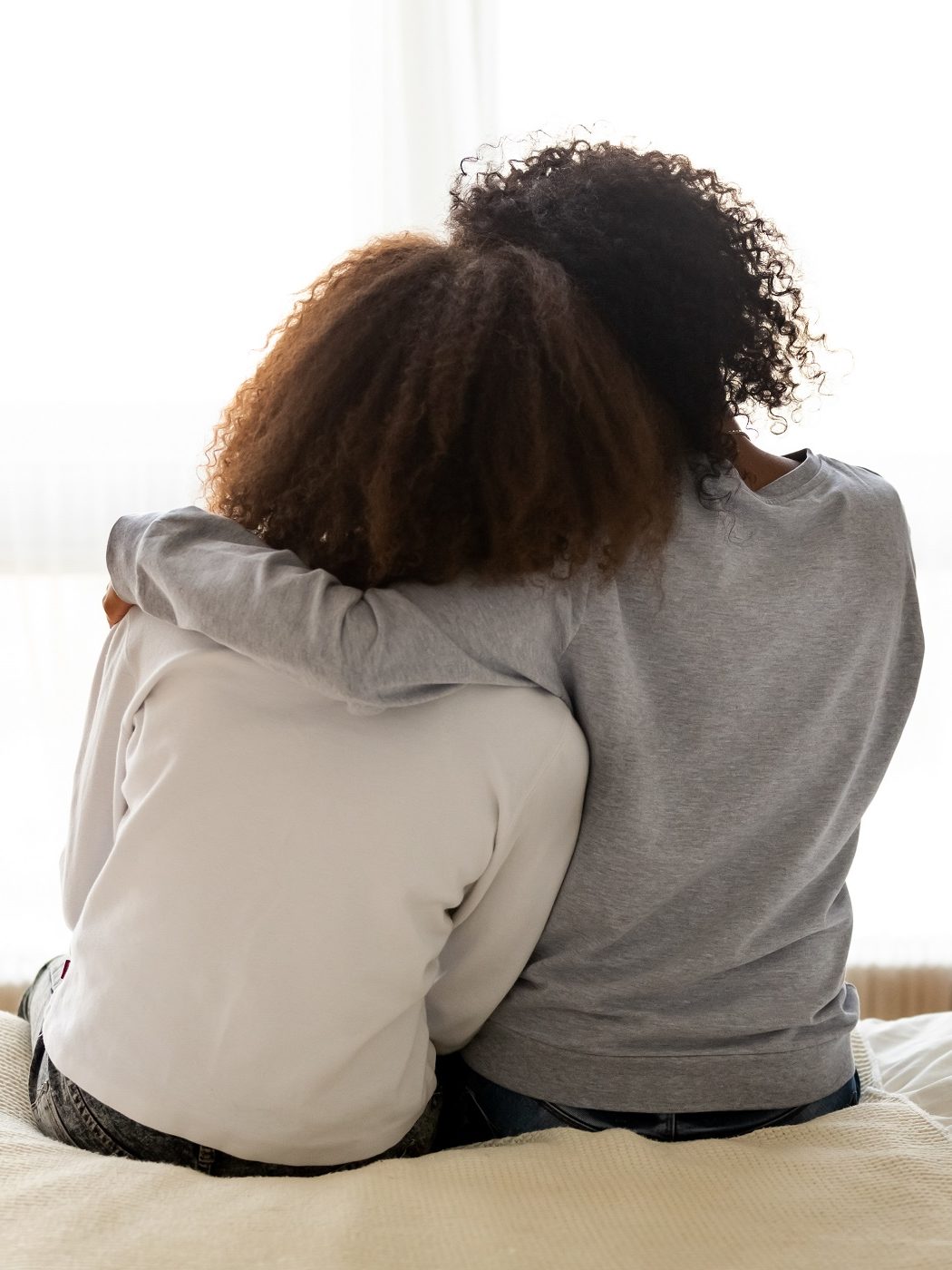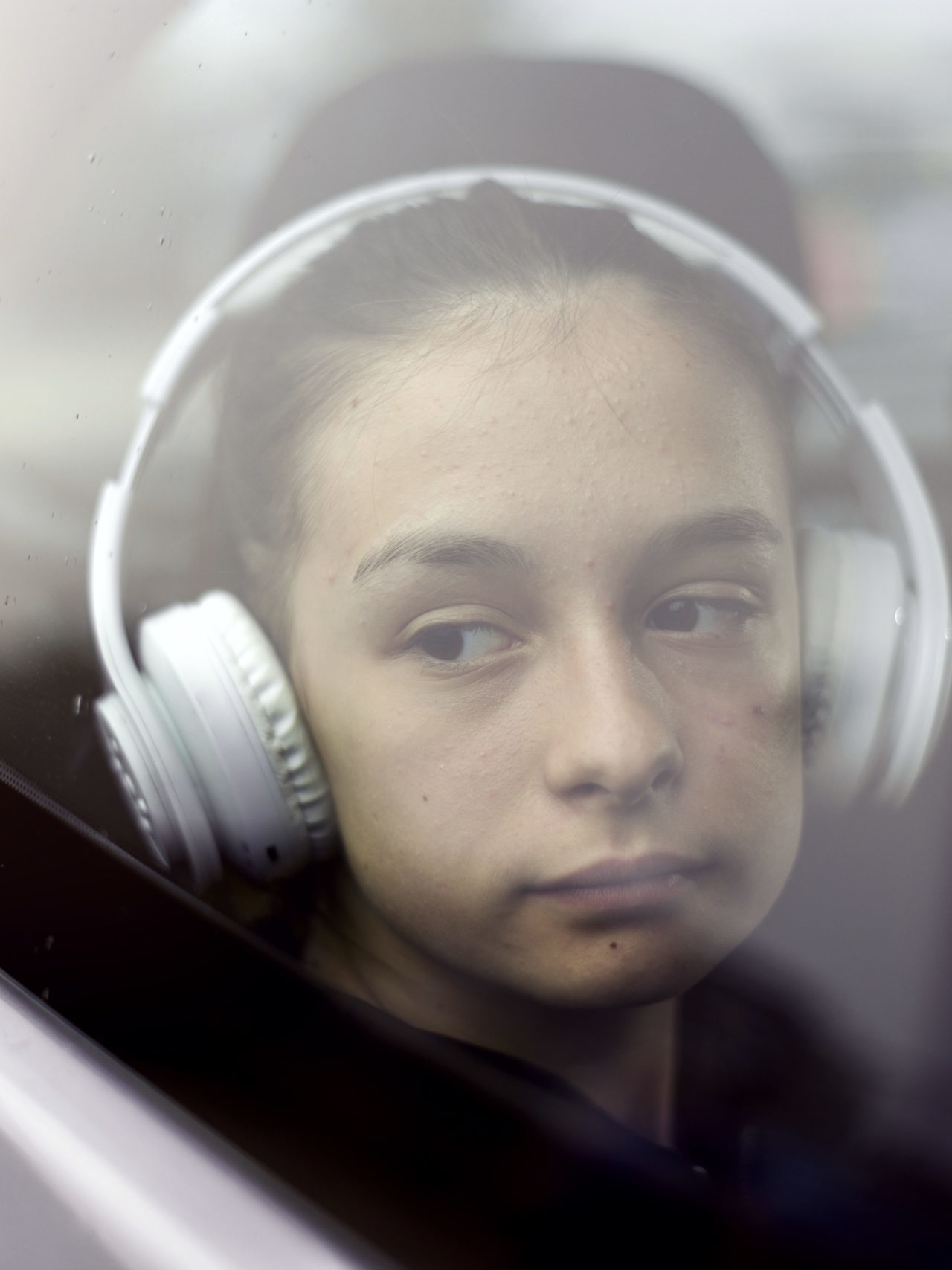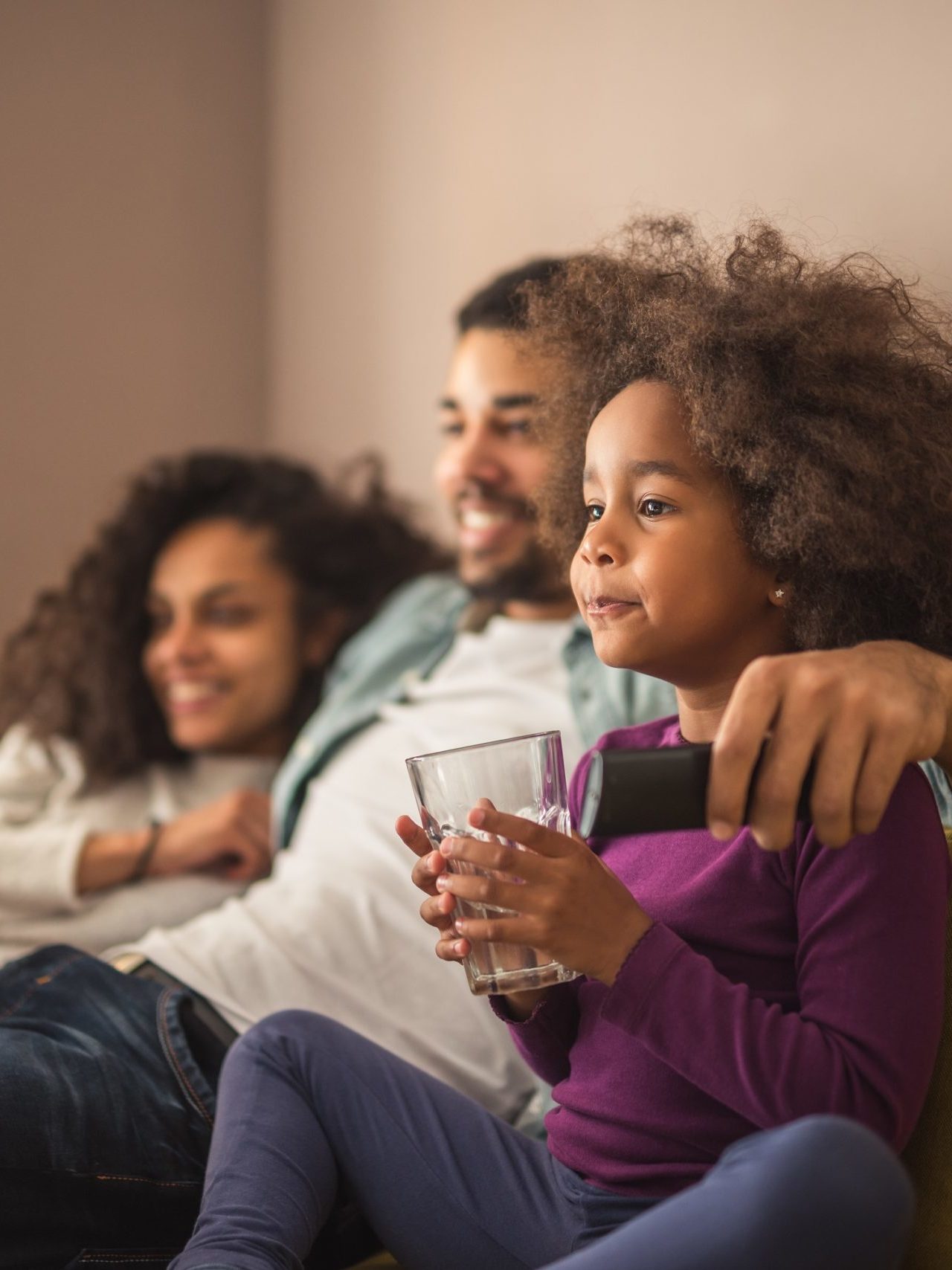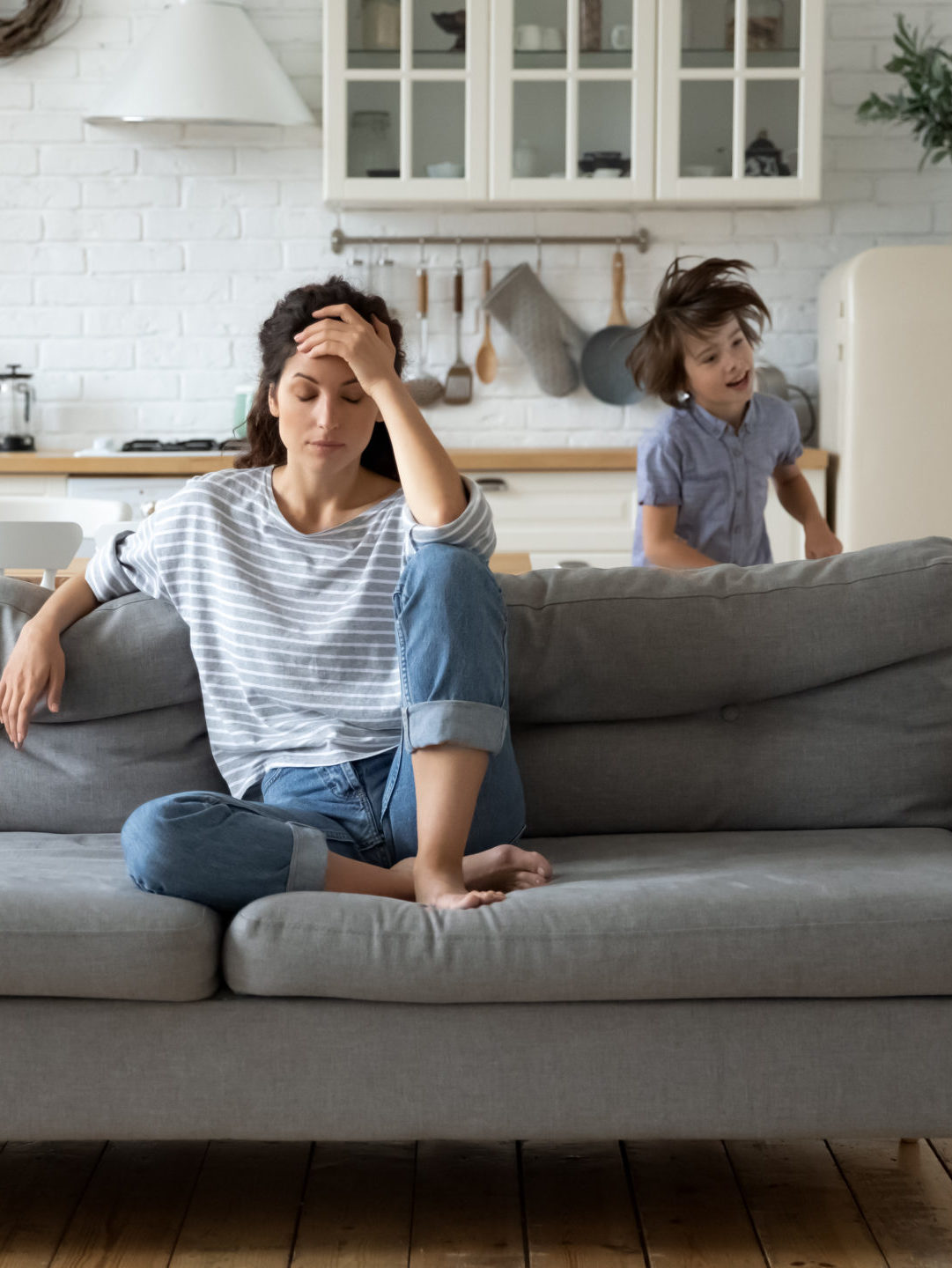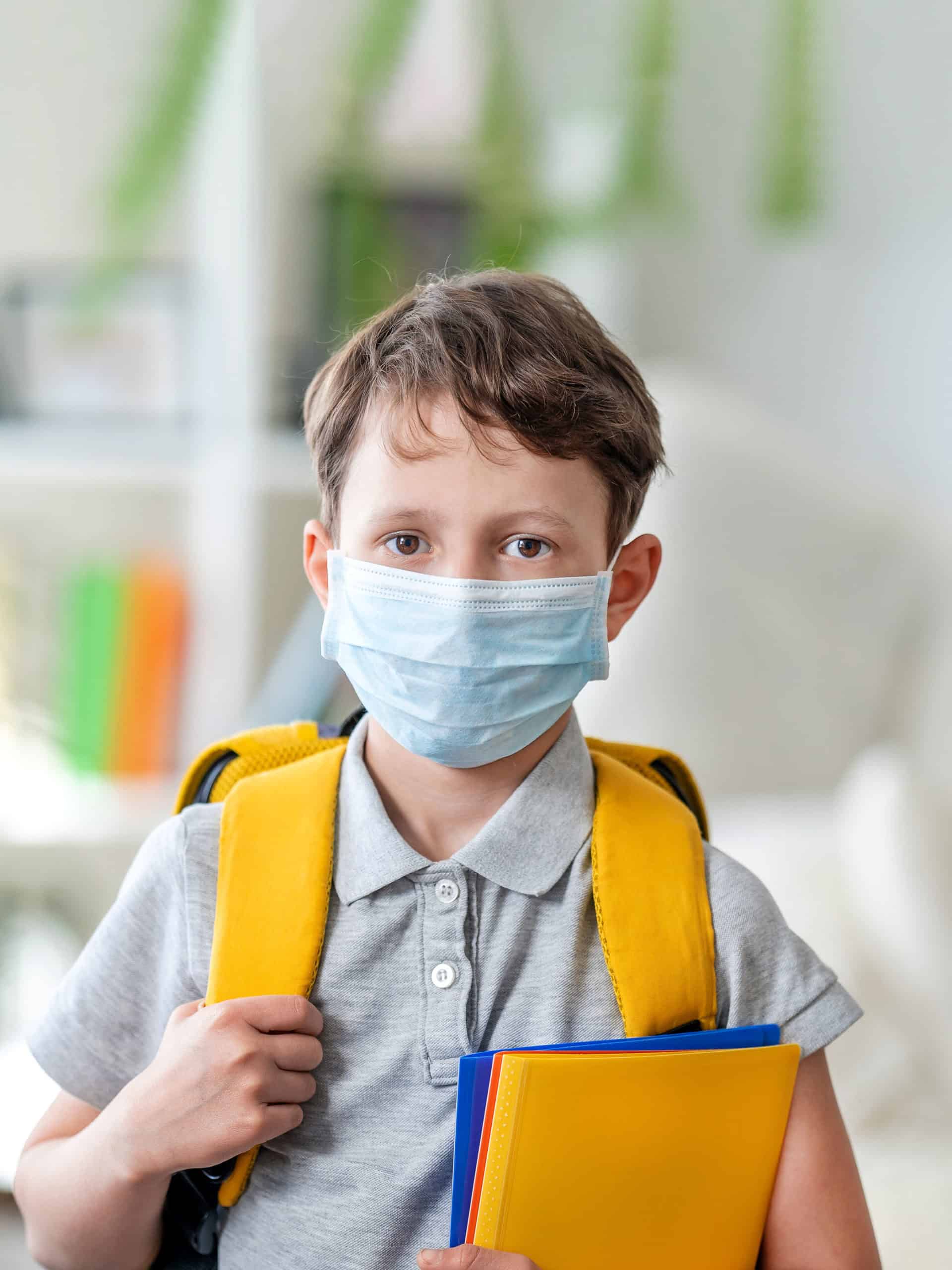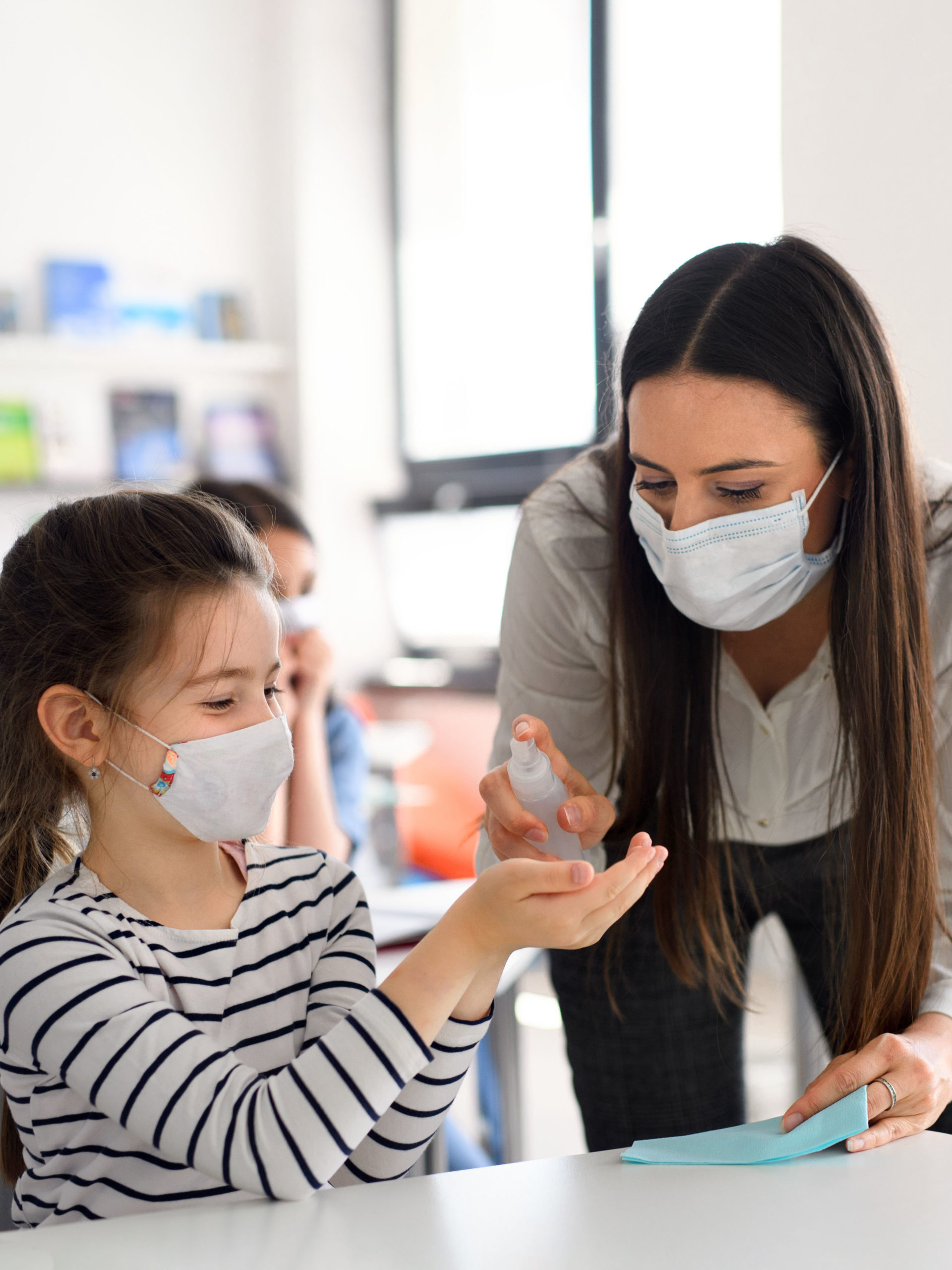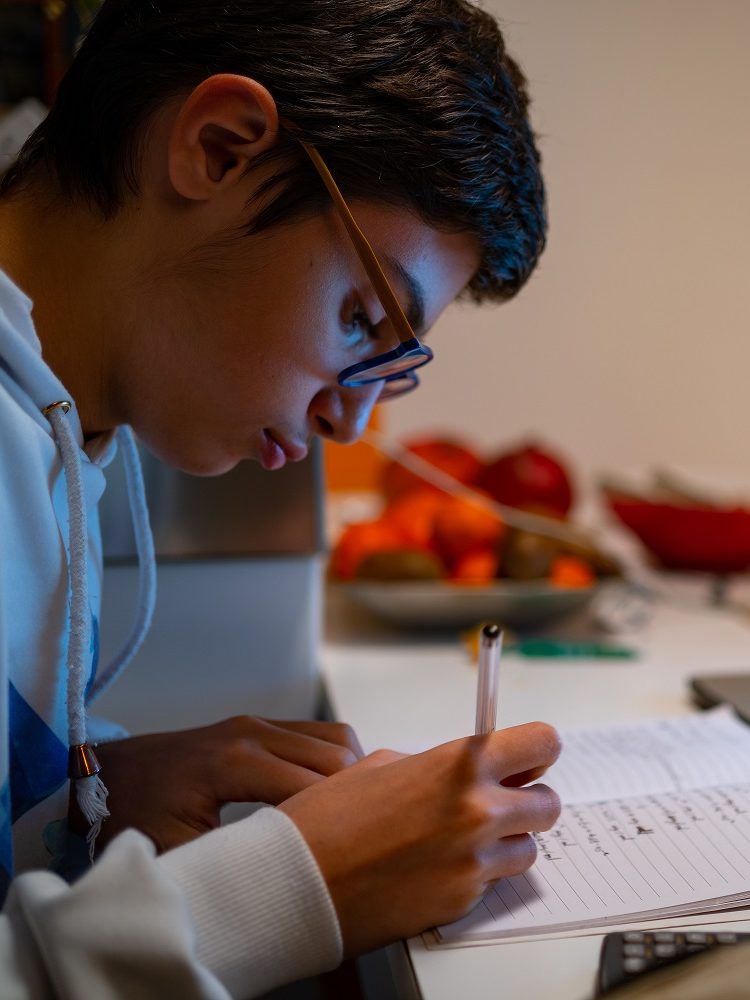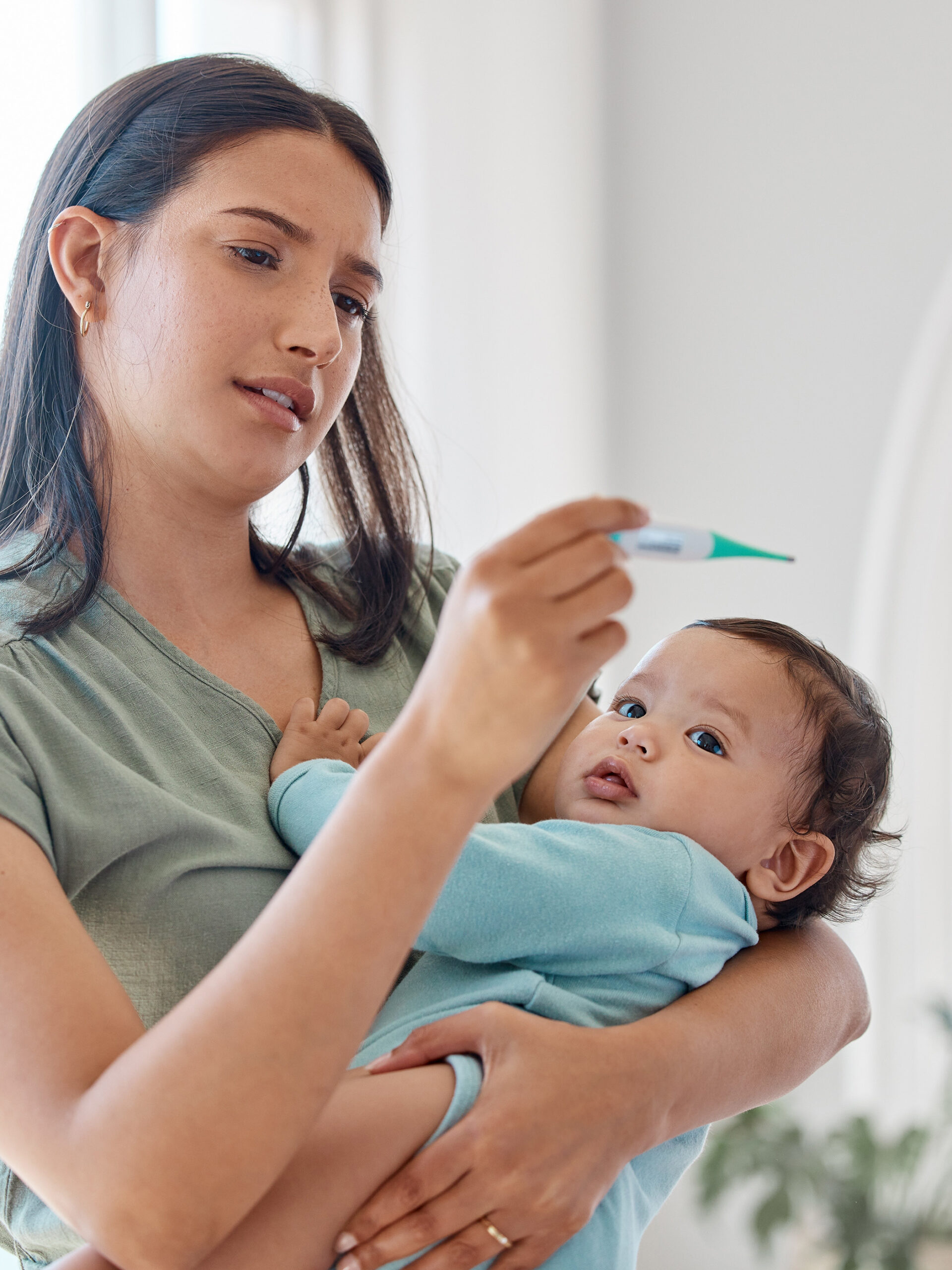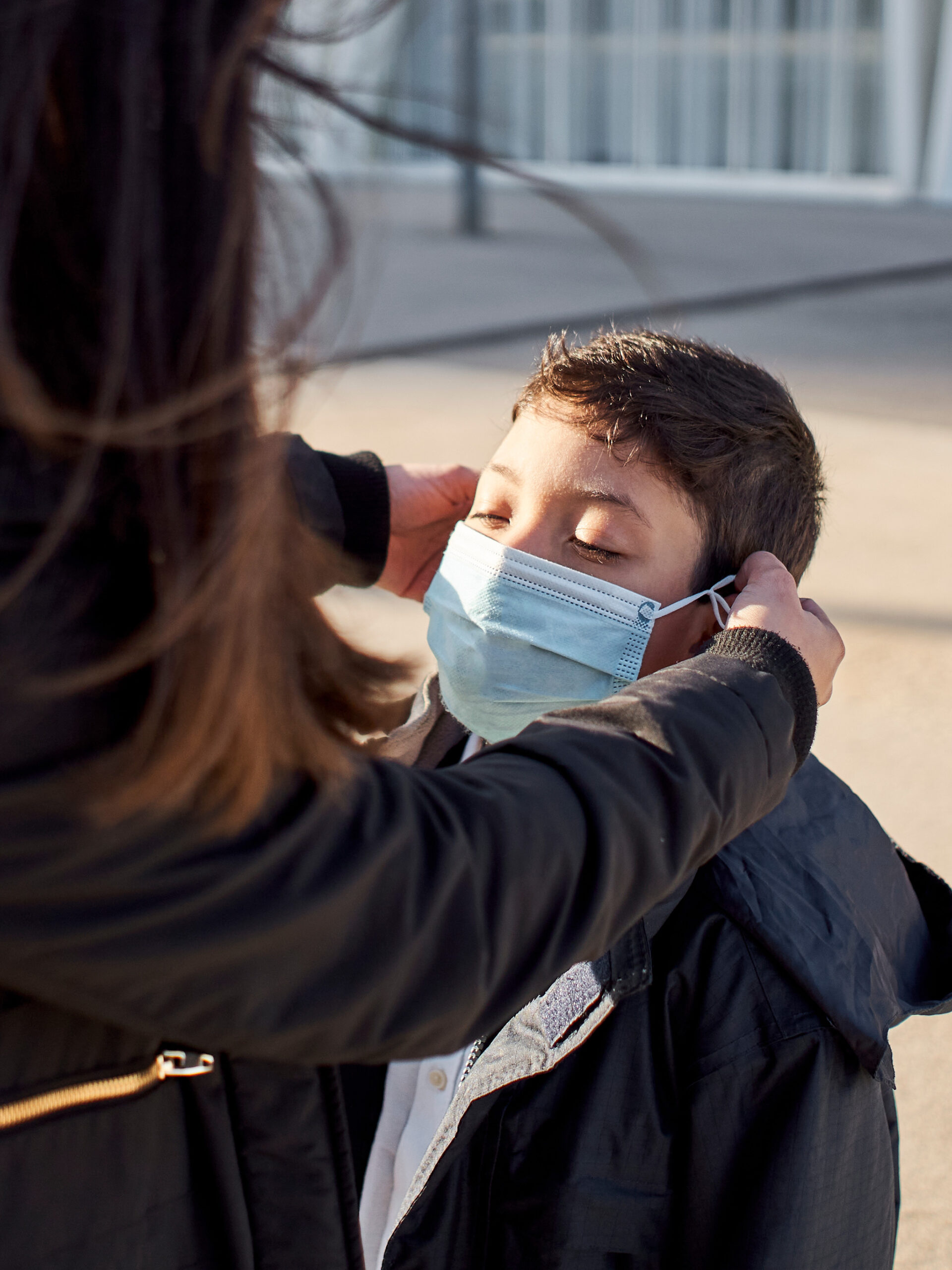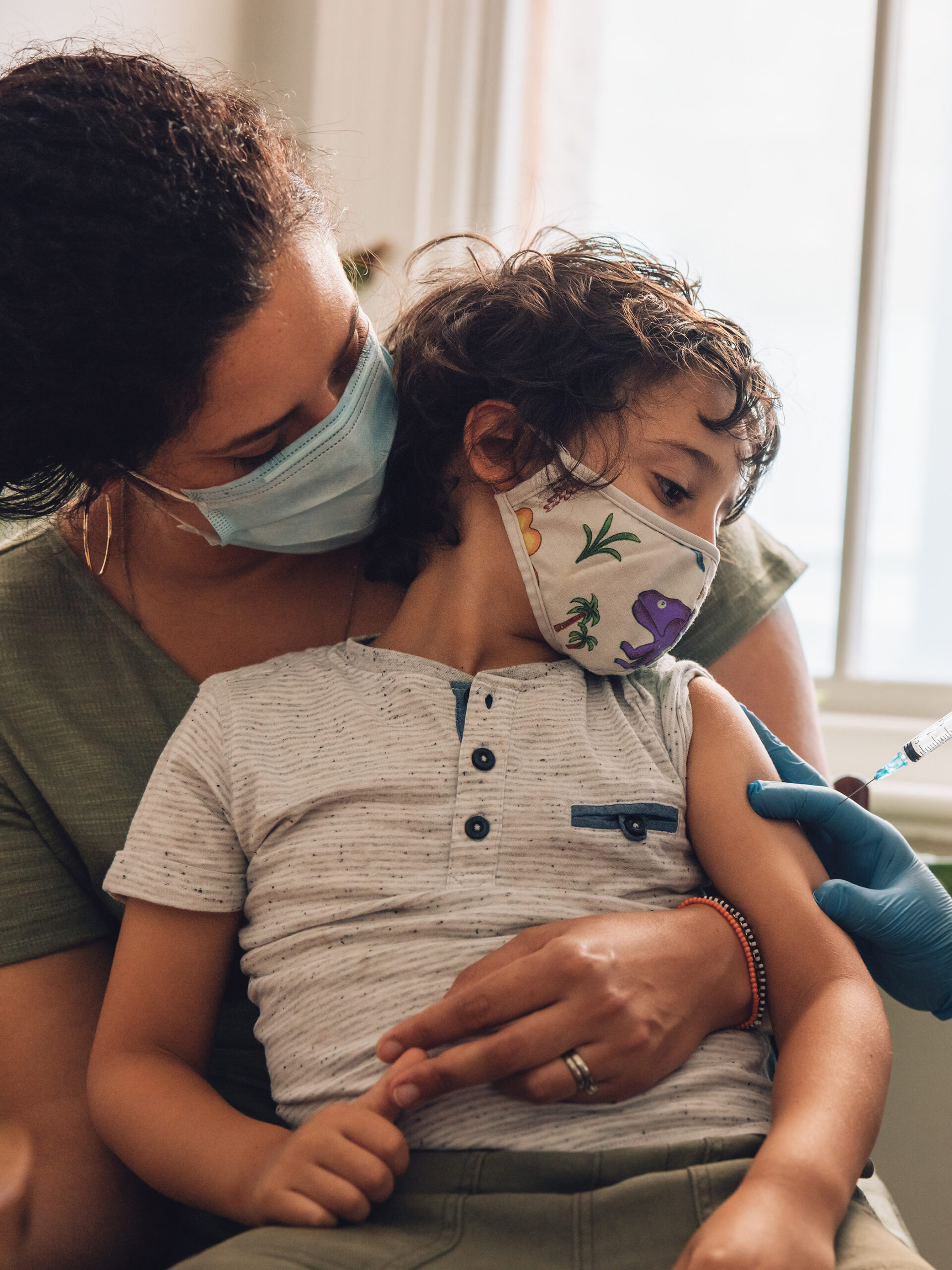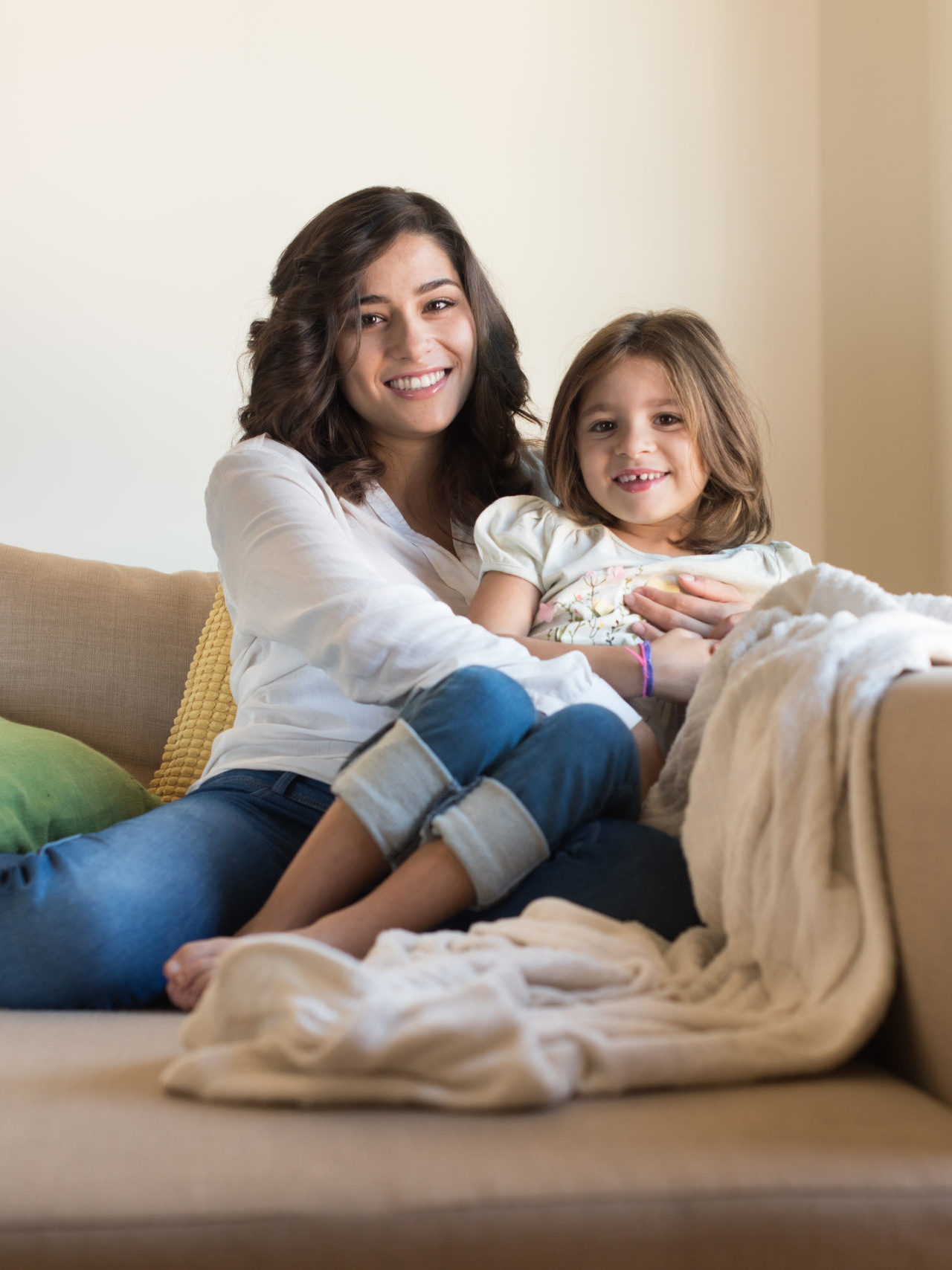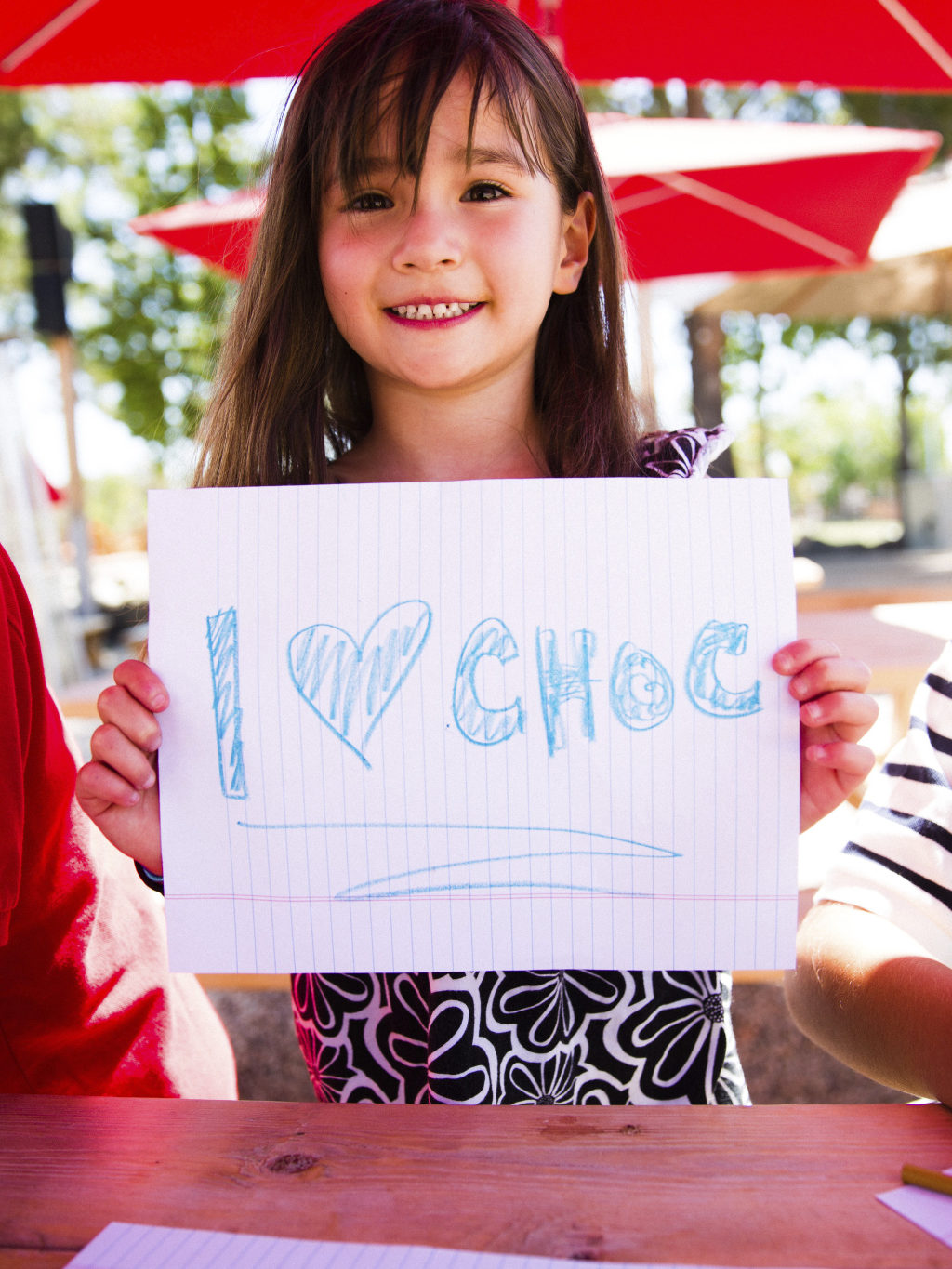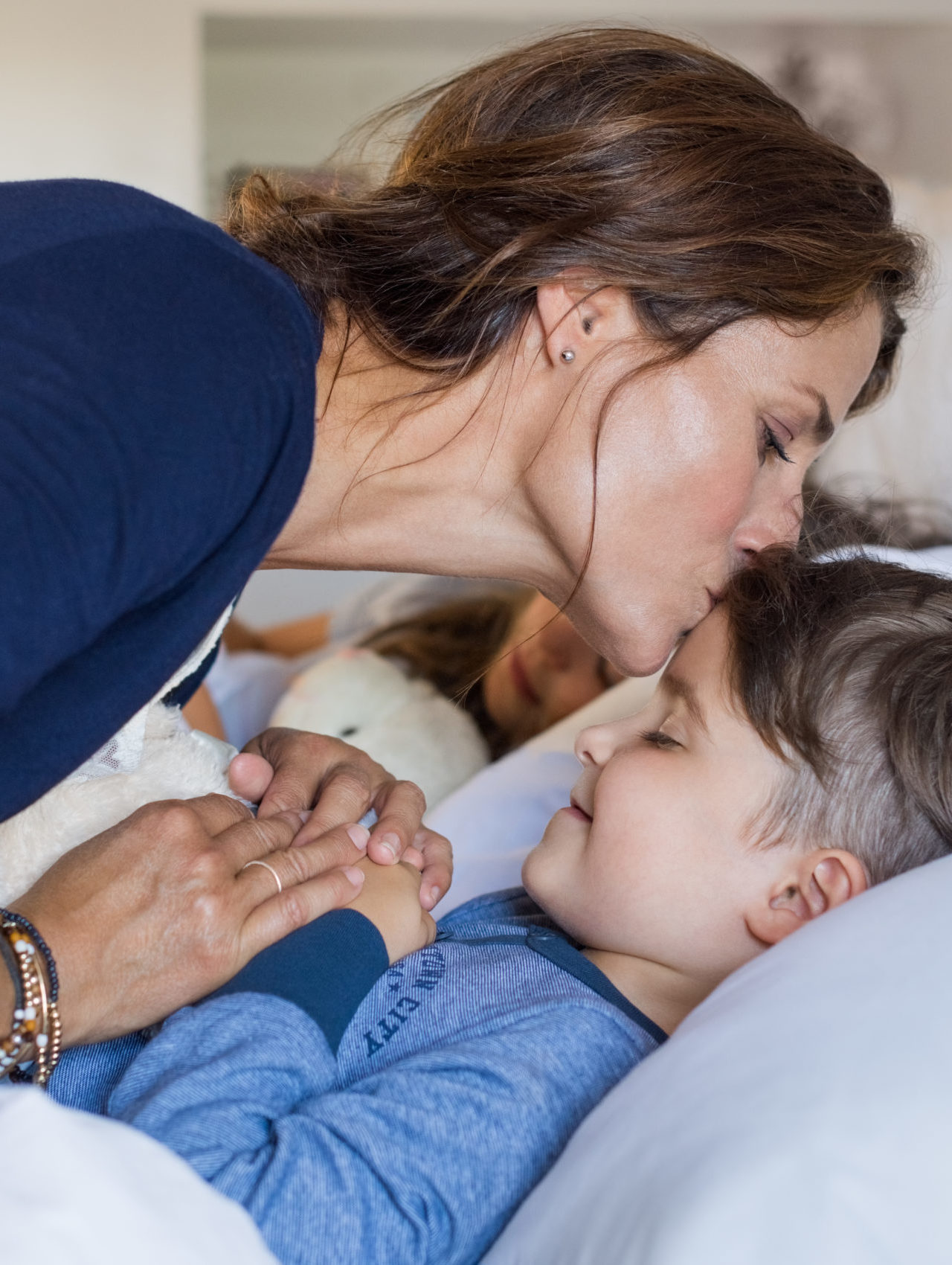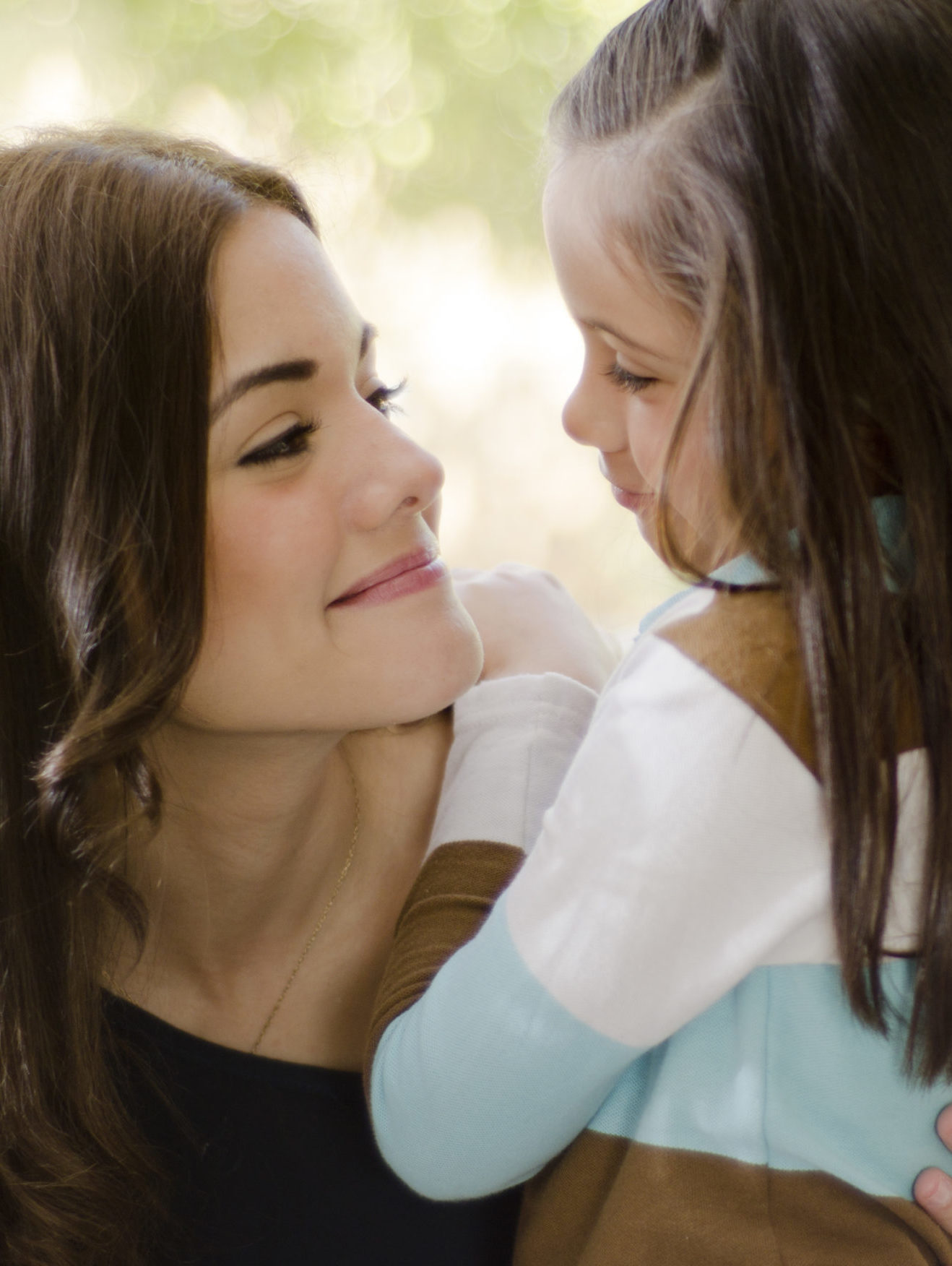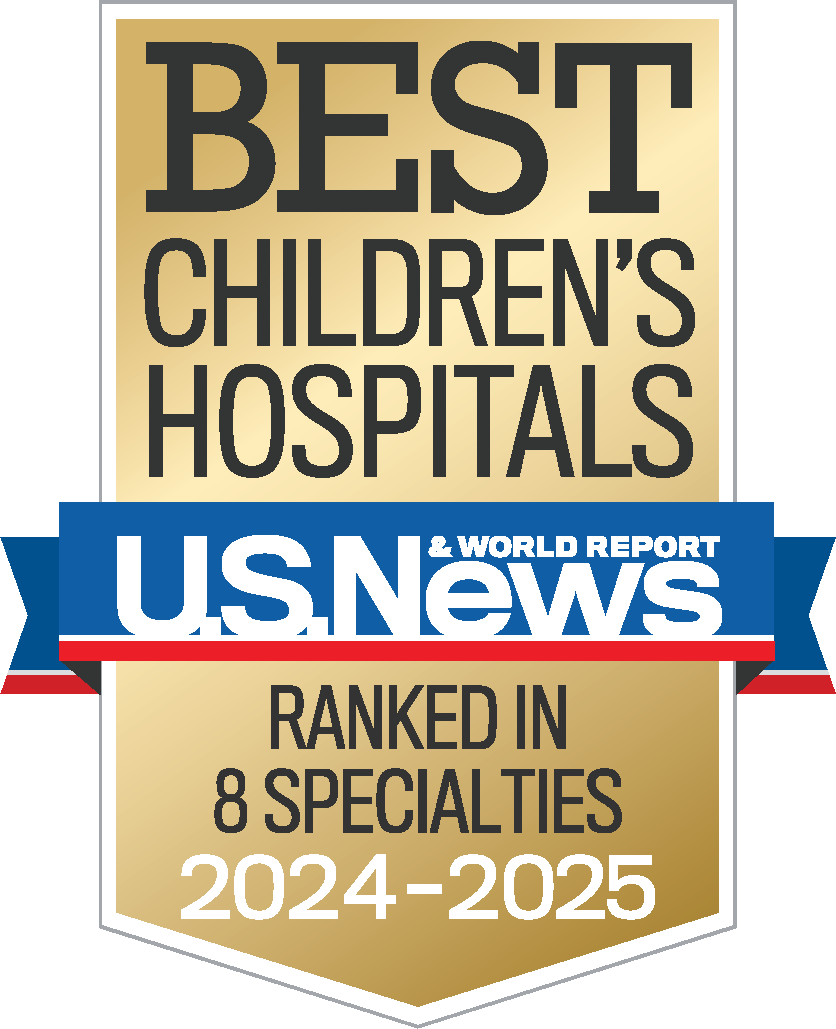COVID-19
We know how frightening the COVID-19 pandemic has been for parents and children alike. Get answers to your frequently asked questions – and some peace of mind – with this complete guide to COVID-19 from CHOC pediatric experts. Remember, medical experts agree that the COVID-19 vaccine is safe and effective for children ages 5 and older and is the best way to protect children from COVID-19.
Schedule a COVID-19 vaccine appointment for your child
To find CHOC’s community clinic on MyTurn, enter zip code 92868
Frequently Asked Questions
What is COVID-19?
COVID-19 is a disease caused by a novel strain of coronavirus. Coronaviruses are a large family of viruses and commonly infect people around the world with mild upper respiratory infections. Sometimes coronaviruses that infect animals can evolve and become a new human coronavirus strain. These can cause more severe illness.
What are the symptoms of COVID-19 infection?
Symptoms can include fever, cough, body aches, headache, sore throat and shortness of breath. For an updated list of possible symptoms as reported by the CDC, click here.
Symptoms typically appear two to 14 days after exposure.
According to the CDC, the symptoms of COVID-19 are similar in children and adults. However, children with confirmed COVID-19 have generally presented with mild symptoms. Reported symptoms in children include cold-like symptoms, such as fever, runny nose and cough. Vomiting and diarrhea have also been reported.
How do you get COVID-19?
We are still learning more about how COVID-19 spreads. What we do know though that the virus is spread mainly from person-to-person contact. This can happen when people within 6 feet of each other inhale respiratory droplets produced when someone speaks, coughs or sneezes.
COVID-19 is thought to be spread primarily through inhaling droplets produced when someone coughs or sneezes or by transmission between people in close contact.
Can someone spread the virus without being sick?
The CDC reports that recent studies show a significant portion of individuals with COVID-19 lack symptoms. Even the people who eventually develop symptoms can pass the virus to others before showing symptoms. This means that the virus can spread between people interacting in close proximity — for example, speaking, coughing or sneezing — even if those people are not exhibiting symptoms.
What is the link between COVID-19 and MIS-C?
Multisystem inflammatory syndrome in children (MIS-C) is a condition where different body parts become inflamed, and many children with MIS-C have previously been diagnosed with or exposed to COVID-19. Scientists are still studying the correlation, but this Q&A with a CHOC pediatric infectious disease specialist answers parents’ most common MIS-C questions.
What to expect during a COVID-19 test
At a provider’s instruction, children might undergo COVID-19 testing before a scheduled procedure, after being exposed to someone with COVID-19 or after showing symptoms, or before a public event or travel. See what you can expect during a COVID-19 test in these short videos.
English
Spanish / Español
Attention Parents/Guardians: We kindly ask that you do not come to CHOC’s emergency department for return-to-school COVID-19 testing if your child is not ill at this time. You can find information about local testing resources here. Be sure to check with your child’s school or district for their specific guidelines. Thank you for your cooperation in helping us prioritize care for children with serious illnesses or injuries.
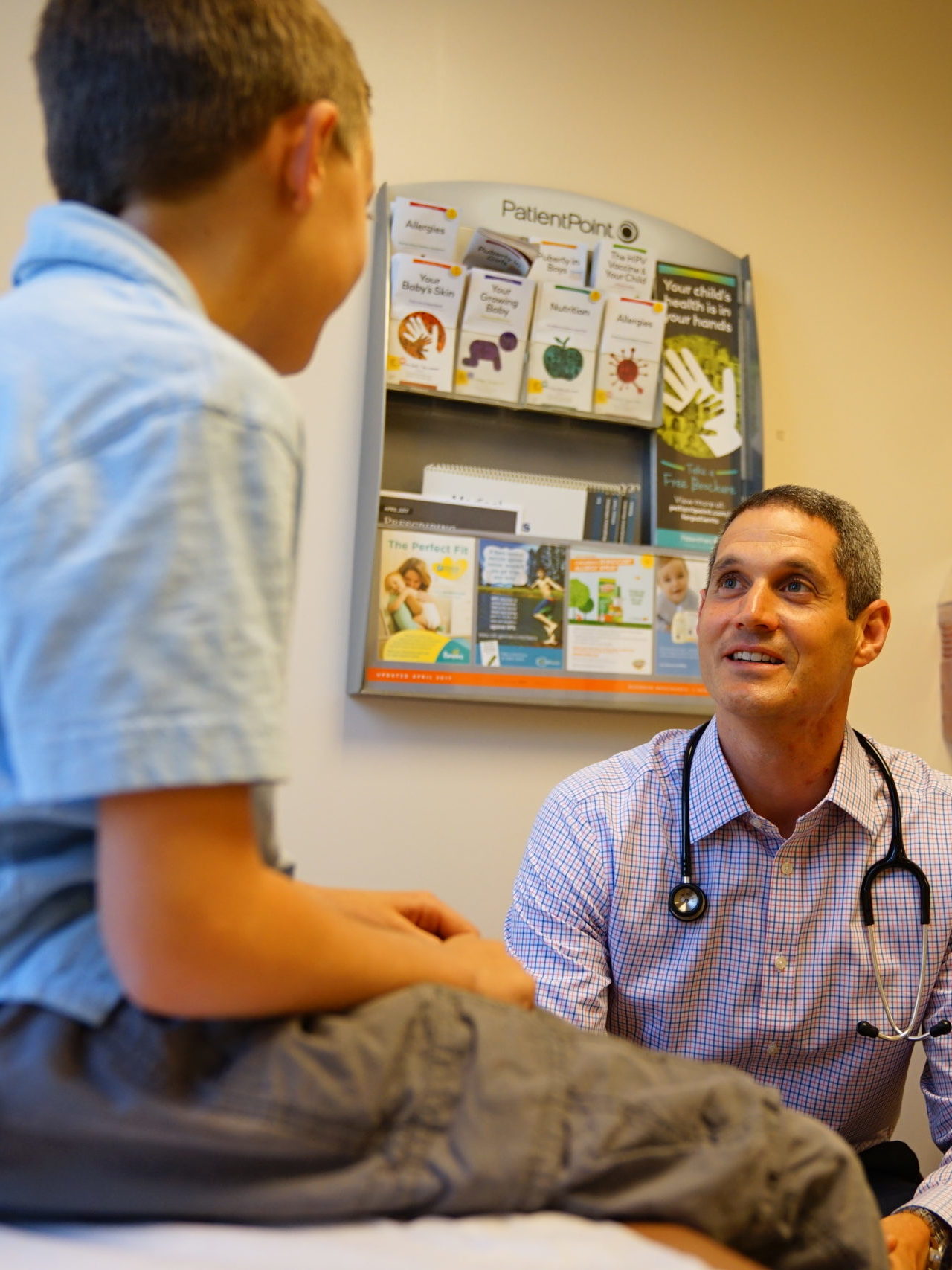
COVID Healthcare
What should I do if I think my child has COVID-19?
Call your healthcare professional if your child is showing COVID-19 symptoms and has had close contact with a person known to have COVID-19.
Do not go to the doctor’s office without calling first. Your provider will work with the local healthcare agency to determine whether testing is necessary.
For more information
Speak to a CHOC nurse to answer your questions about COVID-19 and your child by calling 1-844-GET-CHOC.
Recommended articles
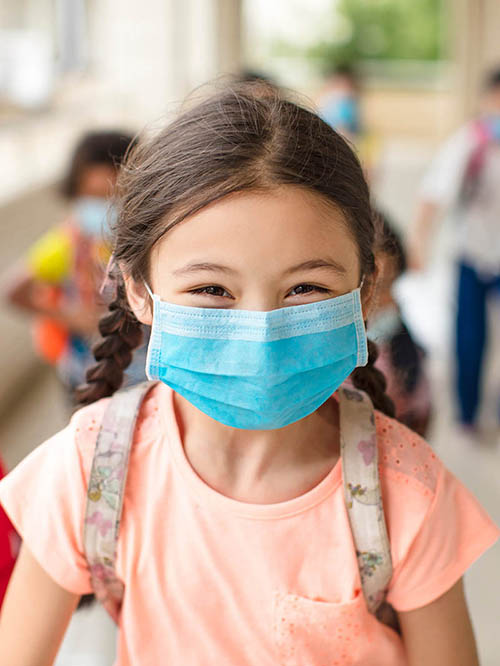
Why eligible children and teens should get the COVID-19 vaccine
Getting a COVID-19 vaccination can help protect your child from getting COVID-19 and spreading it to others. It can also keep your child from becoming seriously ill or needing hospitalization if they do contract COVID-19.
The American Academy of Pediatrics (AAP) reported data that since the beginning of the pandemic, about 15.1 million children have been infected with COVID-19 — which is about 18% of all U.S. cases. Among states reporting, children ranged from 1.3 to 4.6% of their total cumulated hospitalizations. The Centers for Disease Control and Prevention (CDC) puts the pediatric death toll at 1,587 children under 18 years in the United States, representing 0.1 percent of total COVID deaths and 0.009 percent of pediatric COVID-19 cases.
Most children who are infected with the COVID-19 virus only experience mild symptoms such as low-grade fever, fatigue, and cough. However, some children have experienced severe illness and required hospitalization, or have experienced “long-haul” or recurring symptoms of COVID-19 in the weeks or even months after becoming infected—even if their initial illness was mild.
Children with underlying health conditions may be at an increased risk for developing complications and severe illness.
The restrictions on children’s activities, in-person learning and other socialization opportunities during the COVID-19 pandemic caused a mental health crisis in this age group. The COVID-19 vaccine may give families the peace of mind to safely return to activities more fully, which will benefit their kids’ mental health tremendously.
Schedule a COVID-19 vaccine appointment for your child
To find CHOC’s community clinic on MyTurn, enter zip code 92868
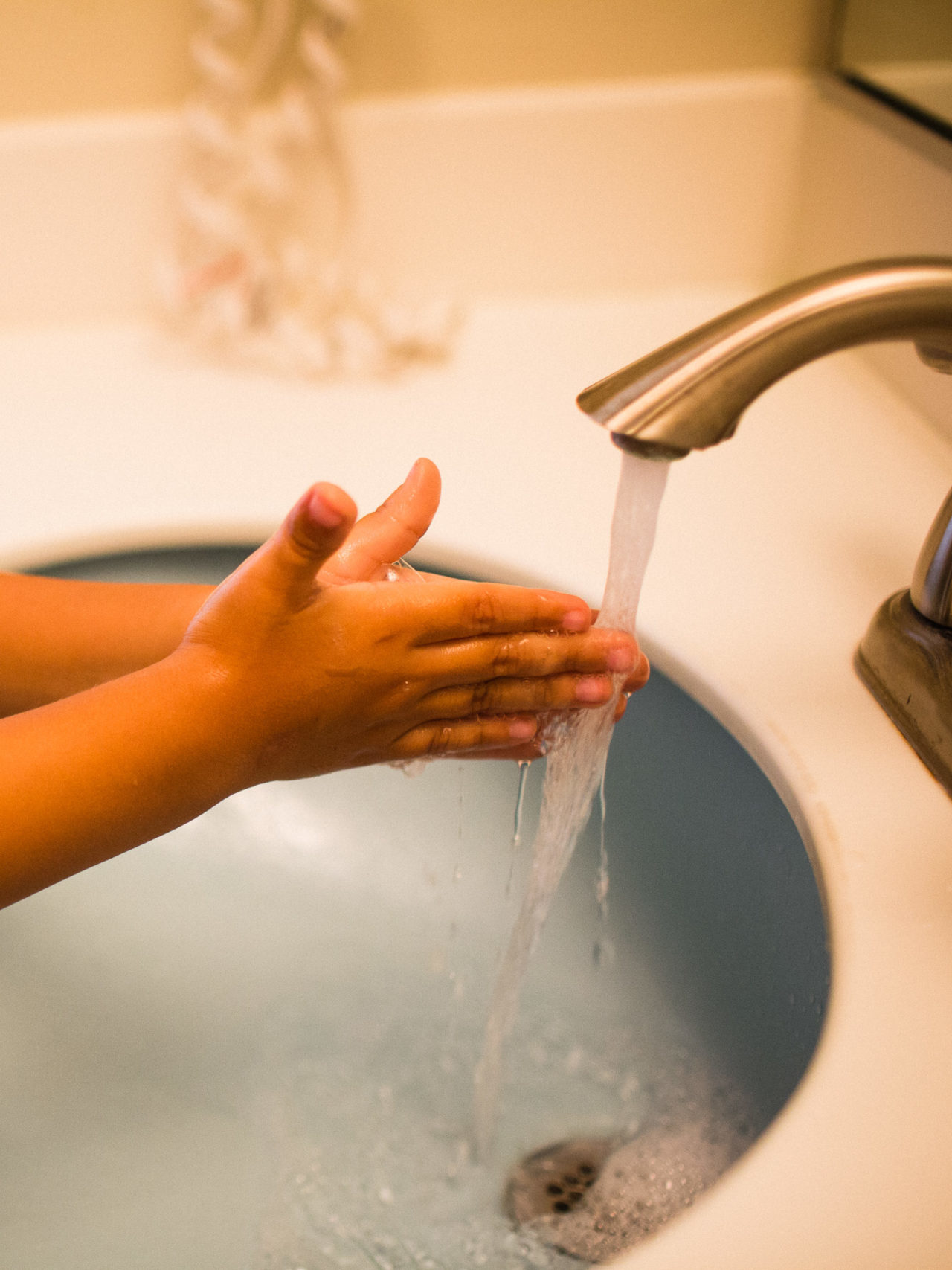
How to protect your family
The best way to prevent illness is to get vaccinated against COVID-19, if eligible, and to avoid being exposed.
You can also take these important preventative steps:
- The CDC recommends the use of cloth face coverings in public for those over age 2
- Avoid close contact with people who are sick.
- Avoid touching your eyes, nose and mouth.
- Stay home when you are sick.
- Cover your cough or sneeze with a tissue, then throw the tissue in the trash.
- Clean and disinfect frequently touched objects and surfaces using a regular household cleaning spray or wipe.
- Wash your hands often with soap and water for at least 20 seconds, especially after going to the bathroom; before eating; and after blowing your nose, coughing or sneezing.
Should my children and I wear masks?
The CDC recommends face coverings (masks) in indoor public settings. These face coverings can slow the spread of COVID-19 and help people who may have the virus and do not know it from transmitting it to others.
How do I launder clothes and toys to help prevent infection?
The CDC recommends laundering items including washable plush toys as appropriate following the manufacturer’s instructions.
When possible, use the warmest appropriate water setting for the items and let them dry completely. Laundry from an ill person can be washed with other people’s items.
Can I get COVID-19 from touching an object?
This is not thought to be the main way the virus spreads. However, it is possible that someone who touches their nose, mouth or eyes after touching a surface with the virus on it could possibly get the virus.
Can I transmit COVID-19 to my pets?
Until experts learn more about how this virus affects animals, treat pets as you would other human family members to protect them from a possible infection.
The CDC offers the following guidance:
– Do not let pets interact with people or other animals outside the household.
– Keep cats indoors when possible to prevent them from interacting with other animals or people.
– Walk dogs on a leash, maintaining at least 6 feet from other people and animals.
– Avoid dog parks or public places where a large number of people and dogs gather.
There is a small number of animals around the world reported to be infected with the virus that causes COVID-19, mostly after having contact with a person with COVID-19. Talk to your veterinarian if your pet gets sick or if you have any concerns about your pet’s health.
If you have a confirmed or suspected case of COVID-19, limit contact with your pets, just like you would with people. If you must care for your pet or be around animals while you are sick, wear a cloth face covering and wash your hands before and after you interact with them.
Call your veterinarian with questions or concerns on your pet’s health before bringing them to the veterinary clinic.
Recommended articles
Mental Health Tips
For many of us, the COVID-19 pandemic has created a fluid environment that has forced us to adapt to countless changes in many areas of our lives – school, work, activities and socialization, to name a few. In these articles, mental health experts from CHOC offer their go-to mental health tips for family members of all ages.
School during COVID-19
As children and parents deal with a third school year amid the COVID-19 pandemic, it’s understandable that kids and grown-ups alike may be feeling more anxiety than usual. In these articles, CHOC experts discuss what parents might expect from their children, tips to support them, and when to know if a child needs professional mental health support.
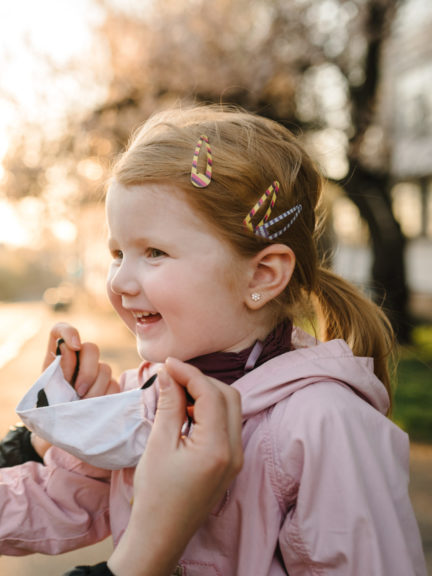
Life in a pandemic
For many of us, the COVID-19 pandemic has created a “new normal” as efforts to curb the spread of the virus have changed what day-to-day life looks like. It can be difficult to balance maintaining our physical and mental health while also supporting one another. Here are some things you can do to help your child understand the dangers of COVID-19 while also trying to limit its interference with their quality of life.
How can my family stay safe when venturing out?
If you choose to leave home, be mindful that the more closely you interact with others and the longer the interaction, the higher the risk of COVID-19 spread.
See the CDC’s full guidance for venturing out safely.
Should we stay away from gatherings like church, sporting events or amusement parks? What about smaller gatherings?
See updated guidelines here.
When visiting entities that are open, people are encouraged to be mindful that physical distancing and wearing face coverings reduce the likelihood of transmission of COVID-19.
In addition to practicing proper handwashing, people should watch for symptoms and avoid going out if they feel ill. When outside the home, people should physically distance themselves from others whenever possible and wear a face covering.
My family has upcoming travel plans. Should we cancel?
We recommend following the CDC’s guidance for travel, and for using public transportation.
Recommended articles
Schedule a COVID-19 vaccine appointment for your child
To find CHOC’s community clinic on MyTurn, enter zip code 92868
COVID-19 Articles
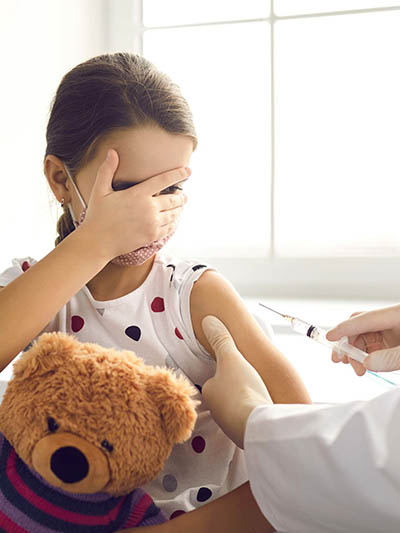
Guide to COVID-19 Vaccines for Children & Teens
Medical experts agree that the COVID-19 vaccine is safe and effective for children ages 5 and older and is the best way to protect children from COVID-19. We understand you may have questions about the vaccine and have created this guide to help address them.
The guide includes the following content:
COVID-19 vaccine authorization status by age group
COVID-19 vaccine FAQs
COVID-19 vaccine and fertility
COVID-19 vaccine and myocarditis
COVID-19 vaccine and pediatric asthma
The guidance on this page has been clinically reviewed by CHOC pediatric experts.
For more health and wellness resources from the pediatric experts at CHOC:
Sign up for the Kids Health newsletter.
The contents of this webpage, including text, graphics, audio files, and videos (“Materials”), are for your general information only. The Materials are not intended to substitute qualified professional or medical advice, diagnoses, or treatments. CHOC does not recommend or endorse any specific tests, physicians, products, procedures, or other information that may be mentioned on or linked to this webpage. Always call your physician or another qualified health provider if you have any questions or problems. If you think you may have a medical emergency, call your doctor, go to the nearest emergency department, or call 911.
For more health information for your family visit health.choc.org

